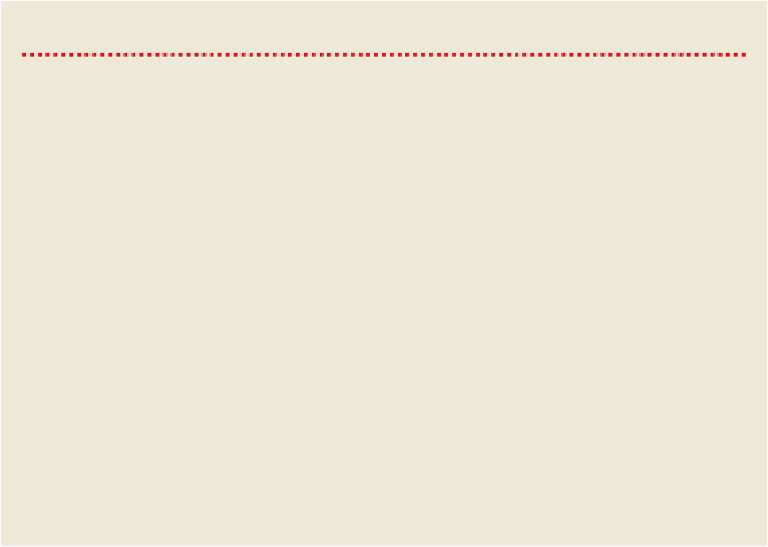Travel Reference
In-Depth Information
With Friends Like These: European Encroachment
For all their successful European politicking, the early Alawites had apparently forgotten a
cardinal rule of Moroccan diplomacy: never neglect Berber alliances. Sultan Moulay Has-
san tried to rally support among the Berbers of the High Atlas in the late 19th century, but
by then it was too late. France began to take an active interest in Morocco around 1830,
and allied with Berbers across North Africa to fend off the Ottomans. After centuries of
practise fighting Moroccans, Spain took control of areas of northern Morocco in 1860 -
and generated lasting resentment for desecrating graveyards, mosques and other sacred
sites in Melilla and Tetouan. While wily Queen Victoria entertained Moroccan dignitaries
and pressed for Moroccan legal reforms, her emissaries were busy brokering deals with
France and Spain.
TWO THOUSAND YEARS OF MOROCCAN JEWISH HISTORY
By the 1st century AD, Jewish Berber communities that were already well established in Morocco in-
cluded farmers, metalworkers, dyers, glassblowers and bookbinders. The Merenids established the first
official
mellah
(Jewish quarter) in Fez, where Jewish entrepreneurs excluded from trades and guilds in
medieval Europe were able to conduct business. Jewish Moroccans were taxed when business boomed
for the ruling dynasty and sometimes blamed when it didn't, yet they managed to flourish under the
Merenids and Saadians, while European Jews faced the Inquisition and persecution.
Under Alawite rule in the 17th to 19th centuries, the official policy toward Jewish Moroccans was
one of give and take: on the one hand they had opportunities as tradespeople, business leaders and am-
bassadors to England, Holland and Denmark in the 19th century; on the other hand they were subjected
to taxes, surveillance and periodic scapegoating. But in good times and bad, Jewish Moroccans re-
mained a continuous presence.
By 1948, some 300,000 Jewish Moroccans lived in Morocco. Many left after the founding of the
states of Morocco and Israel, and today only an estimated 3000 to 8000 remain, mostly in Casablanca.
A Jewish community centre in Casablanca was a bombing target in 2003, and though no one was
harmed at the community centre, trade-centre blasts killed 33 and wounded 100. Yet the Casablanca
community remains intact, and Casablanca is home to the recently expanded Moroccan Jewish Mu-
seum.
Under the current king, Jewish schools now receive state funding, and a few Jewish expatriates have
responded to a royal invitation to return, contributing to the revival of Essaouira's
mellah
. Yet the
everyday champions of Jewish heritage in Morocco remain ordinary Moroccans, the one million people
worldwide of Moroccan Jewish heritage, and culturally engaged travellers, who together ensure Moroc-
can Jewish customs, festivals and landmarks get the attention they deserve.

